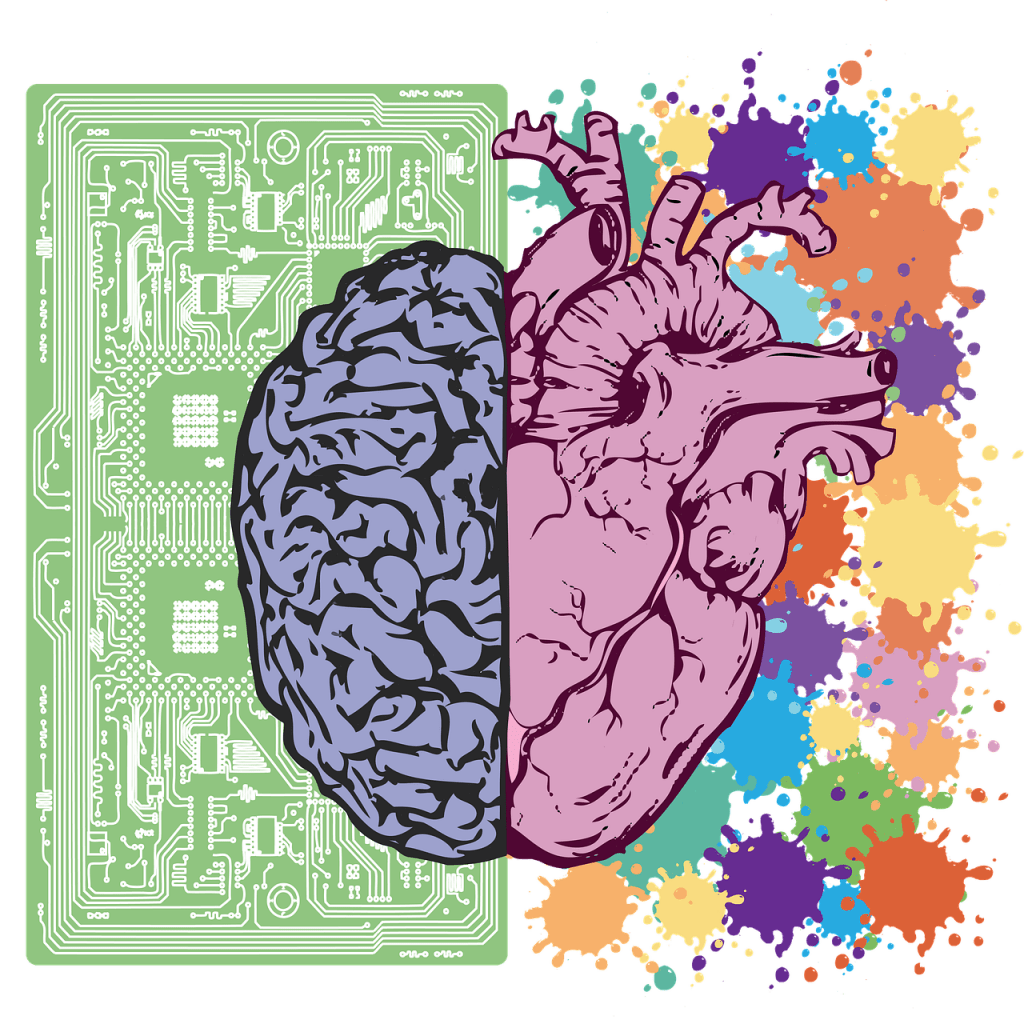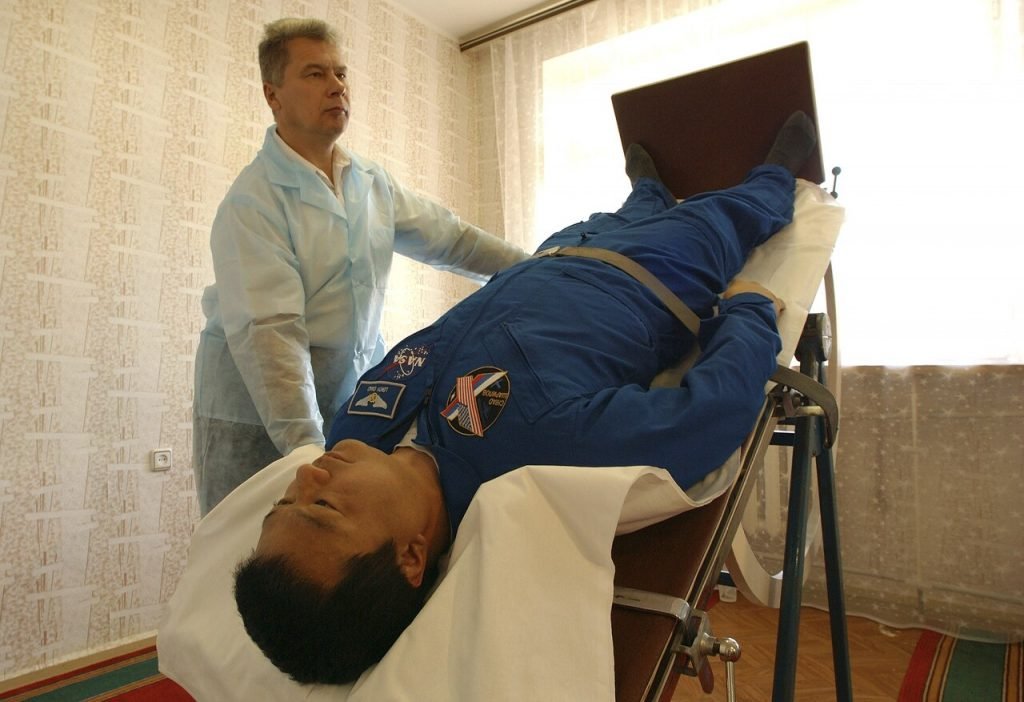Bathing with POTS | Why Standing Up Can Trigger a Collapse
The Comfort that Turns into a Challenge There are days when my body screams for relief. After an afternoon spent in the garden, the kind of day that leaves every muscle aching, an Epsom salt bath isn’t just a luxury; it’s a necessity. For someone living with conditions like Ehlers-Danlos Syndrome (EDS), constant muscle soreness […]
Bathing with POTS | Why Standing Up Can Trigger a Collapse Read More »












